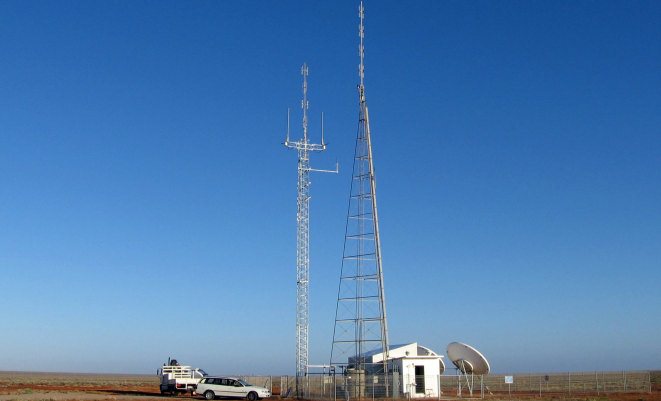
More than a thousand aircraft and helicopters have less than a year to comply with the Australian government’s ADS-B (Automatic Dependent Surveillance – Broadcast) mandate.
The current mandates require all flights operating under instrument flight rules (IFR) to have ADS-B, which is a satellite-based technology enabling aircraft to be accurately tracked by air traffic controllers and other pilots without the need for conventional radar, by February 2 2017.
Airservices said there were about 1,300 aircraft in Australia that were yet to be fitted with ADS-B prior to the 2017 mandate, as well as about 60 per cent of Australia’s IFR helicopter fleet.
“ADS-B is the future of air traffic surveillance in Australia and around the world,” Airservices executive general manager air traffic control Greg Hood said in a statement on Thursday.
“I would like to congratulate and thank all operators that have already fitted their aircraft with ADS-B and remind every IFR operator to make sure they get fitted before 2 February 2017.”
Figures from Airservice showed 99.7 per cent of all commercial flights in Australian airspace at or above 29,000 feet were ADS-B equipped. The figure was 90 per cent for business jets and 95 per cent for turboprops.
Meanwhile, 72 per cent of Australia-based Instrument Flight Rule (IFR) aircraft were fitted with the technology. However, just 38 per cent of helicopters had ADS-B.
And although there was presently no requirement for flights operating under visual flight rules (VFR) to have ADS-B, Airservices figures showed 278 aircraft were utilising the technology.












